It’s somehow unfathomable to be writing this from where I am now. To go from some of the wildest places I’ve travelled, to one of the most domesticated places on the planet has been shocking to say the least. From rural Zimbabwe to New York — a city of eight and a half million.
Today I walked the Highline — a bustling tourist attraction borne out of attempts by nature to reclaim an abandoned rail line and then celebrated so much by the local residents it has been preserved and developed into a green belt in a city otherwise mostly shades of grey and brown. New York is an incredible place — bursting with a frenetic energy, creativity, power. But even here, maybe especially here, you have a sense of people longing for something. A part of their nature they are hungry for. It’s no wonder at any given moment Central Park, Washington Square Garden, the Highline are packed. Our nature’s crave Nature.
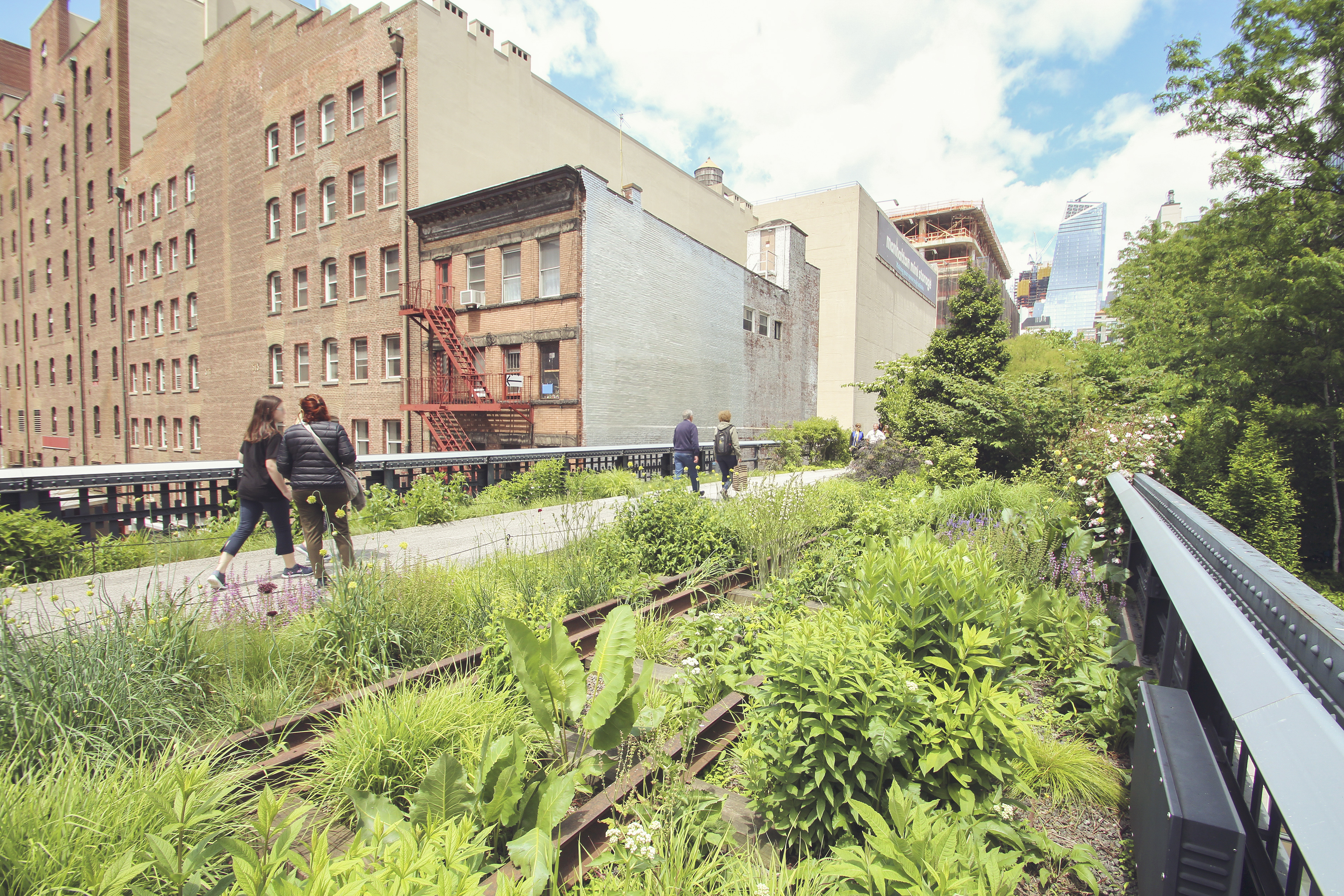
The last six months I’ve spent in various parts of southern Africa, much less tamed than New York City. I’ve been to cities, of course — Johannesburg, Durban, Cape Town, Harare, Bulawayo. But most of my time was spent in rural areas, wildlife zones, on farms. I’ve seen some of the most beautiful land in southern Africa and some of the most degraded. 10 years ago I couldn’t have explained any of this to you. Then, my heart’s desire was to travel to places like New York — to be at the epicentre of culture and (perhaps strangely for a young person) global politics. I’ve always found those things fascinating. But as I’ve got to know Dave and travel through southern Africa learning to love people and landscapes alike, I’ve come to see how culture and power coalesce in a way that makes those wild places, and the people who inhabit them, less safe.
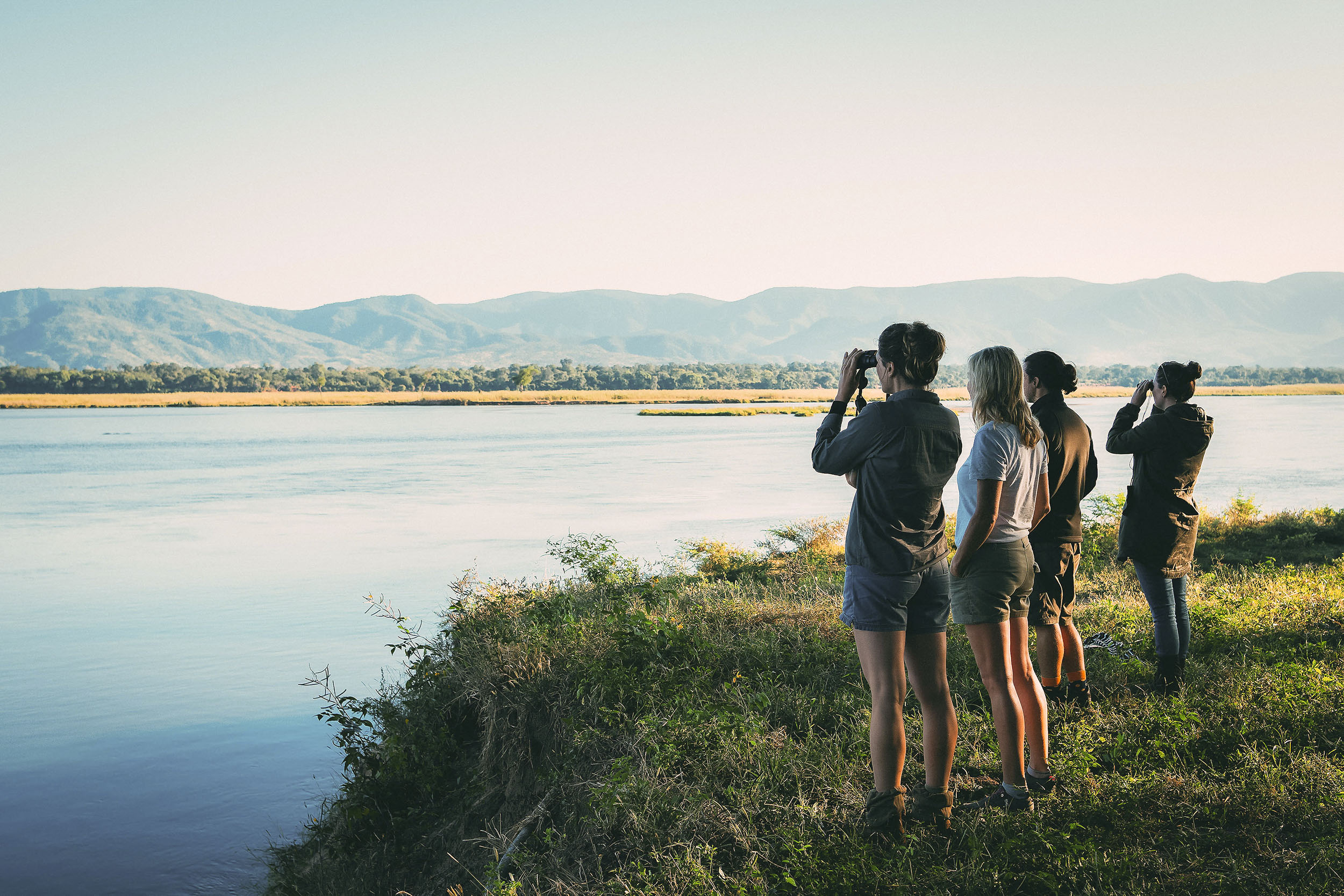
The way we structure our culture means that we are often very separate from Nature. We think of ourselves as apart from it, as bending it to our will, to our fortunes. Nature is something we visit in places like Central Park, if you’re in New York or Hyde Park if you’re in London, or Yoyogi Park or King’s Park or Park Guell. Maybe if you’re lucky you go further afield — to a National or State Park and if you are particularly lucky perhaps to some of the remaining wild places on our planet. But these grow fewer and fewer.
The Highline is a remarkable place because it’s value — in economic terms — would have been understood to be much greater if it had been developed into commercial or residential space (the advocates could hardly have known it would attract 5 million visitors and an estimated $980 million to the city each year) but a group of committed, connected and wealthy folks fought hard to save it — to make sure this little piece of New York that nature was trying to reclaim would be set aside. The plants and animals that live here are lucky their neighbours had so much power. Not every piece of Nature has human neighbours so ready and, more importantly, able to stake a claim for their ongoing survival.
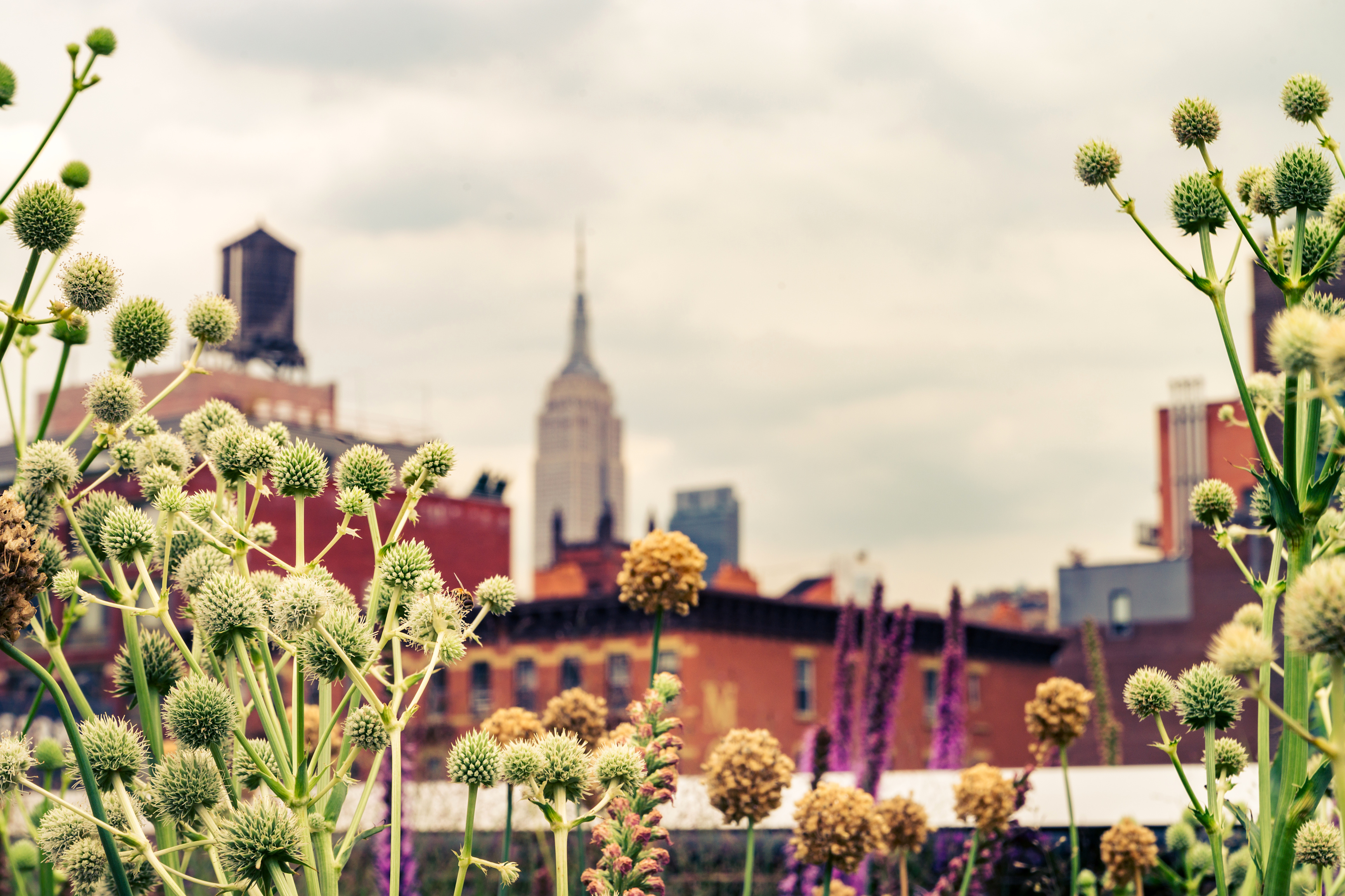
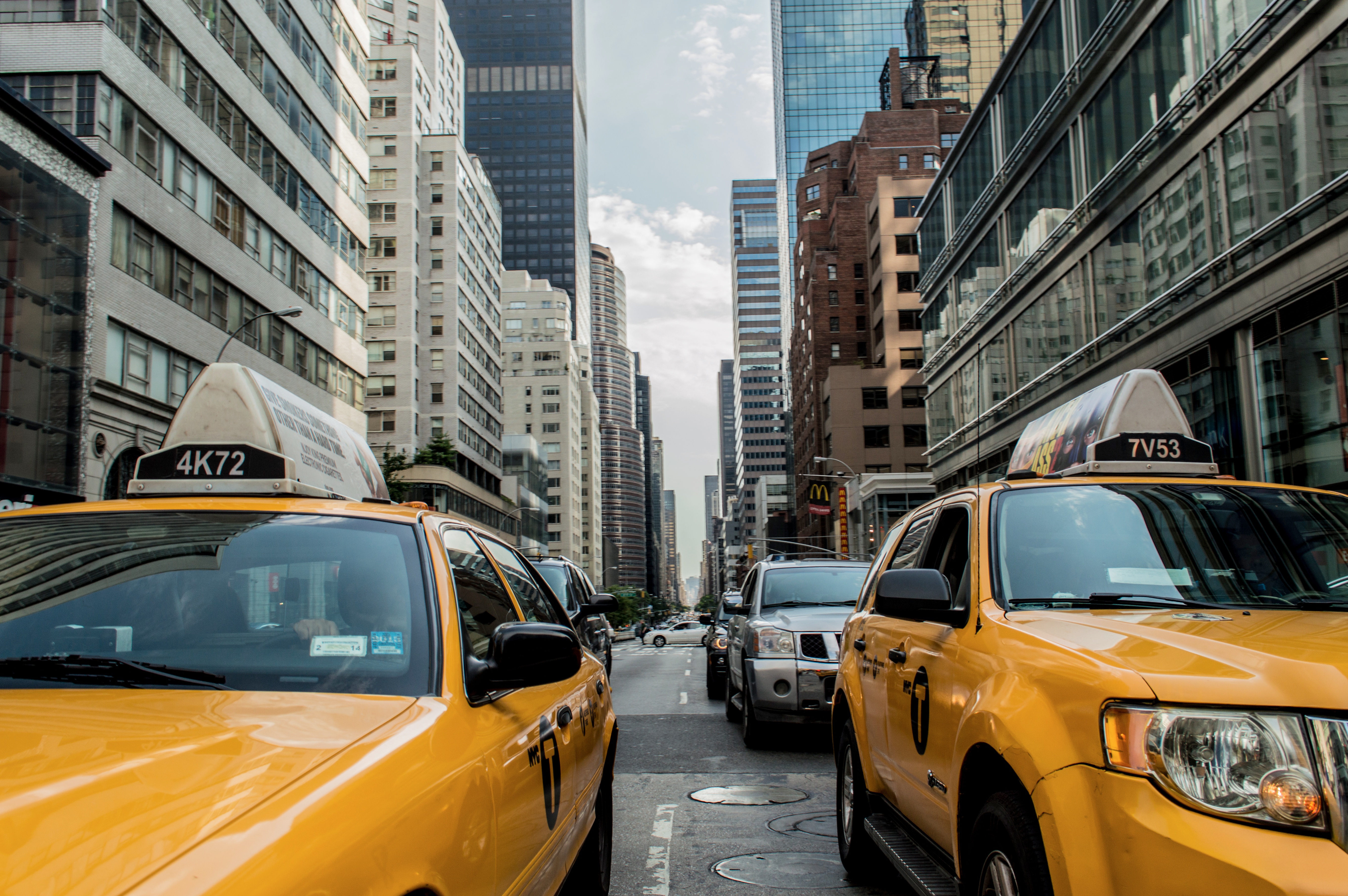
Many of our last remaining wild places are found in parts of the world where life is tough: arid parts of Zimbabwe, bitterly cold parts of Alaska, isolated rainforests in Papua New Guinea. The people who live in these areas often subsist. They aren’t part of our big global economy. Or if they are, they are on the fringe of it. They cannot derive much benefit from that land except to try and produce enough food to feed their family. Often that same land has been assigned by the government or some big company to someone else so these families have to try and survive with less and less land. Sometimes they notice changes in the weather — droughts are getting longer and more frequent, or they’re experiencing more flooding. Their livestock dies and wild animals are fewer and fewer. All of this, and myriad other factors, usually leaves these folks with very little time, energy or resource to care for the land and attempts they might make are often undercut by corporate or political interests.
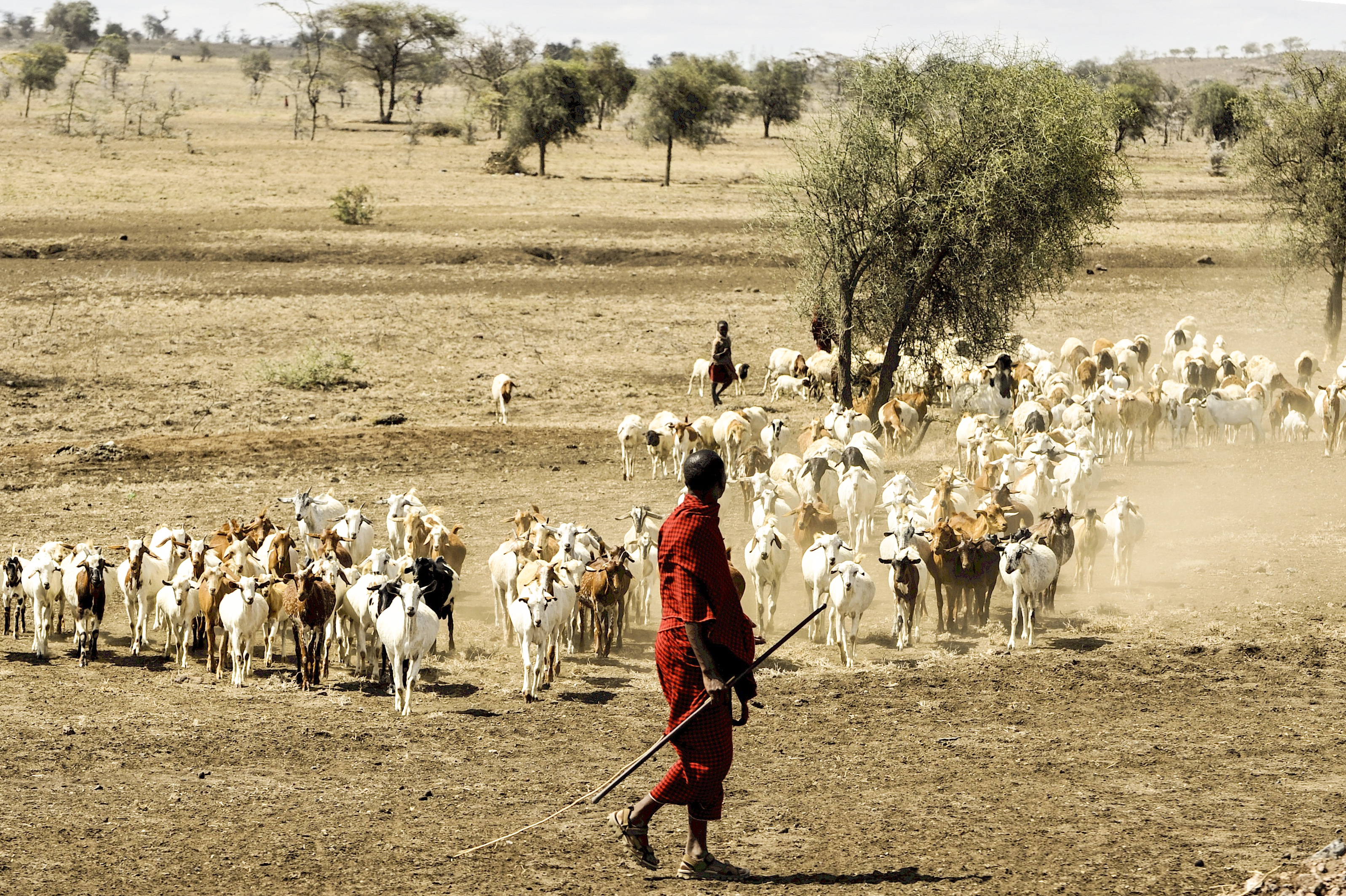
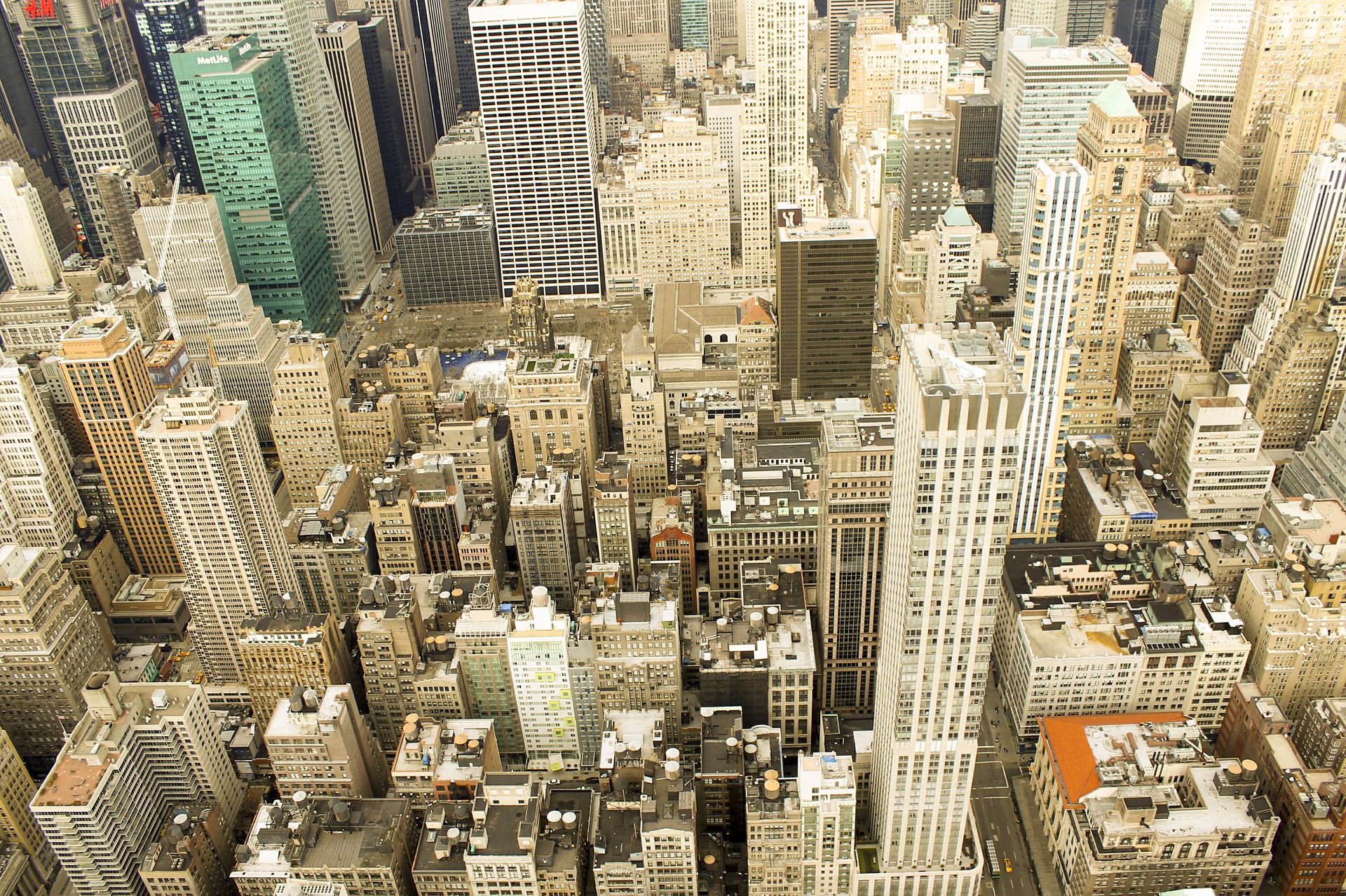
This paints a fairly grim picture — on the one hand we have people struggling to survive on the edge of wild places and on the other, people who have very little access to any kind of wilderness. In the midst of living among some of those people trying to subsist over the last six months it was very easy to feel overwhelmed with the magnitude of their suffering and the seeming impossibility of caring for the land. Dave and I were working on his family’s farm trying to make changes at the intersection of agriculture, conservation and community development but bogged down in the day to day struggles of farming, the reality of living alongside struggling communities and the global systems which make change seem so impossible.
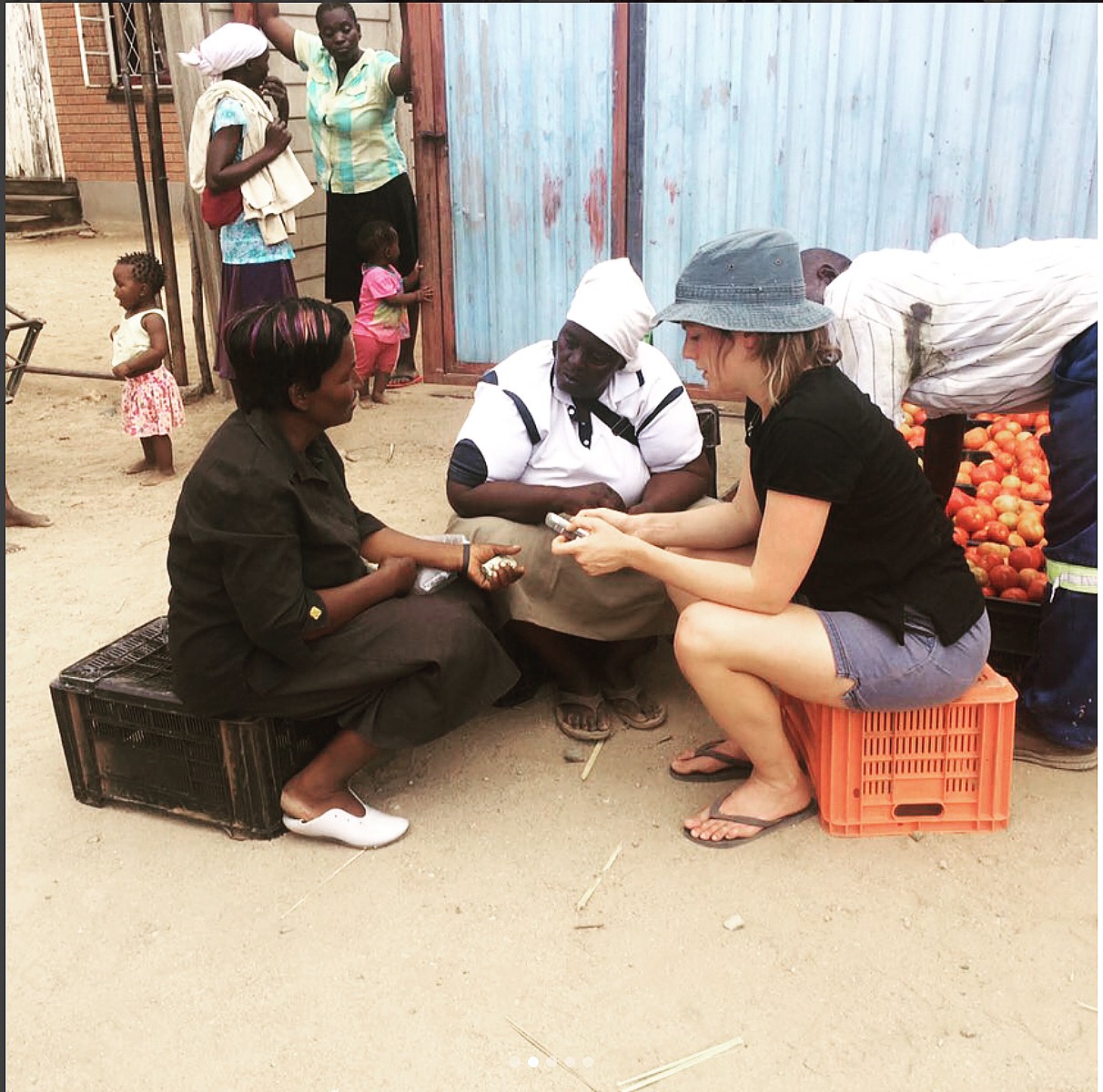
When I would feel burdened by this I would be reminded time and again of the work WildArk was doing just across the border to connect these dots in our world. Trying to connect those of us, in our culture, who are so far from wilderness, with the remaining wild places and build havens where local communities can benefit from this wilderness.
We were lucky enough to have our trip punctuated by several visits to their first project on the edge of Greater Kruger. They have taken a piece of land that had been fenced in and over time degraded and started restoring it — improving land management and preparing to drop the fences with their neighbours so animals can move through the land as they once would have. Returning the landscape to a more natural habitat.
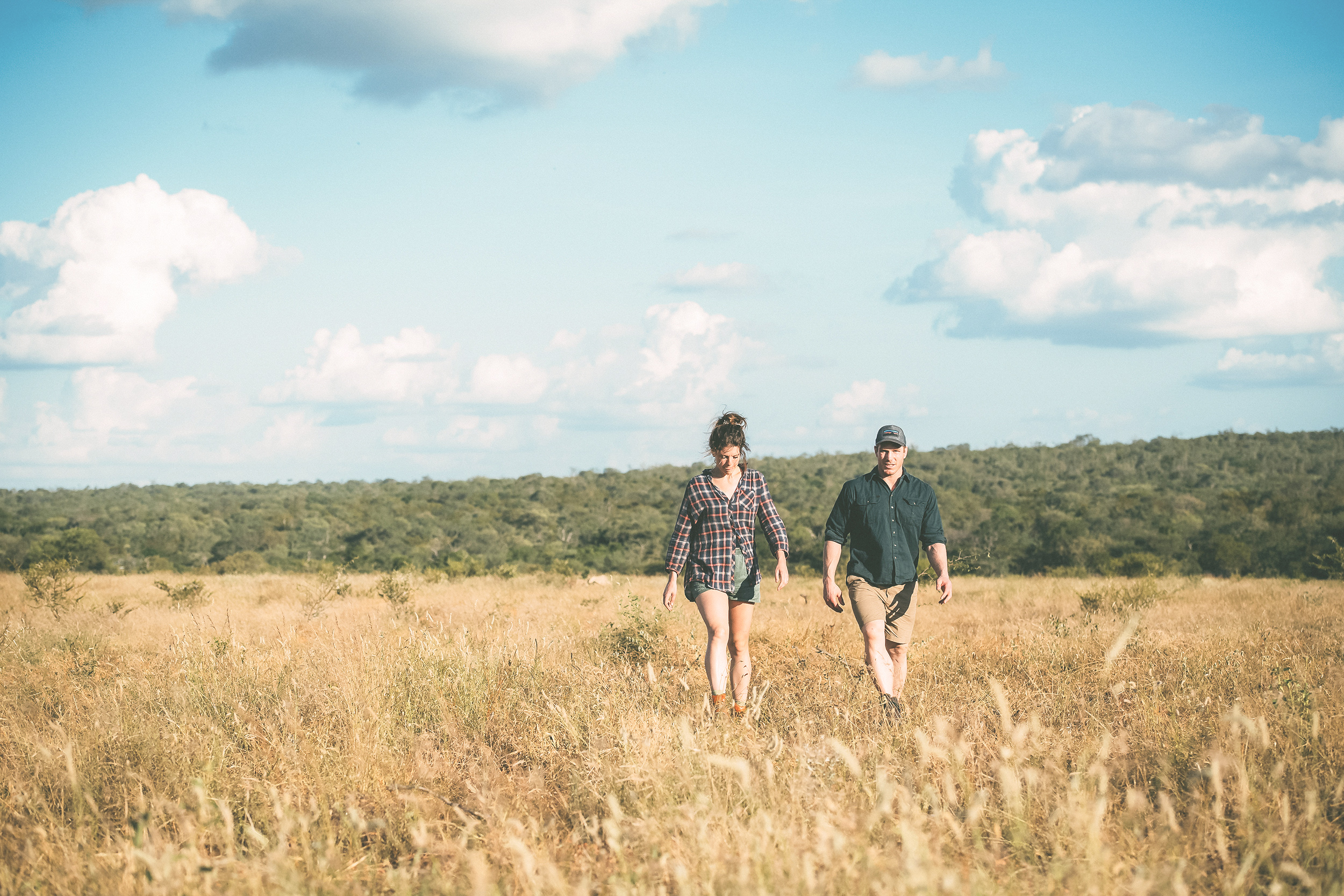
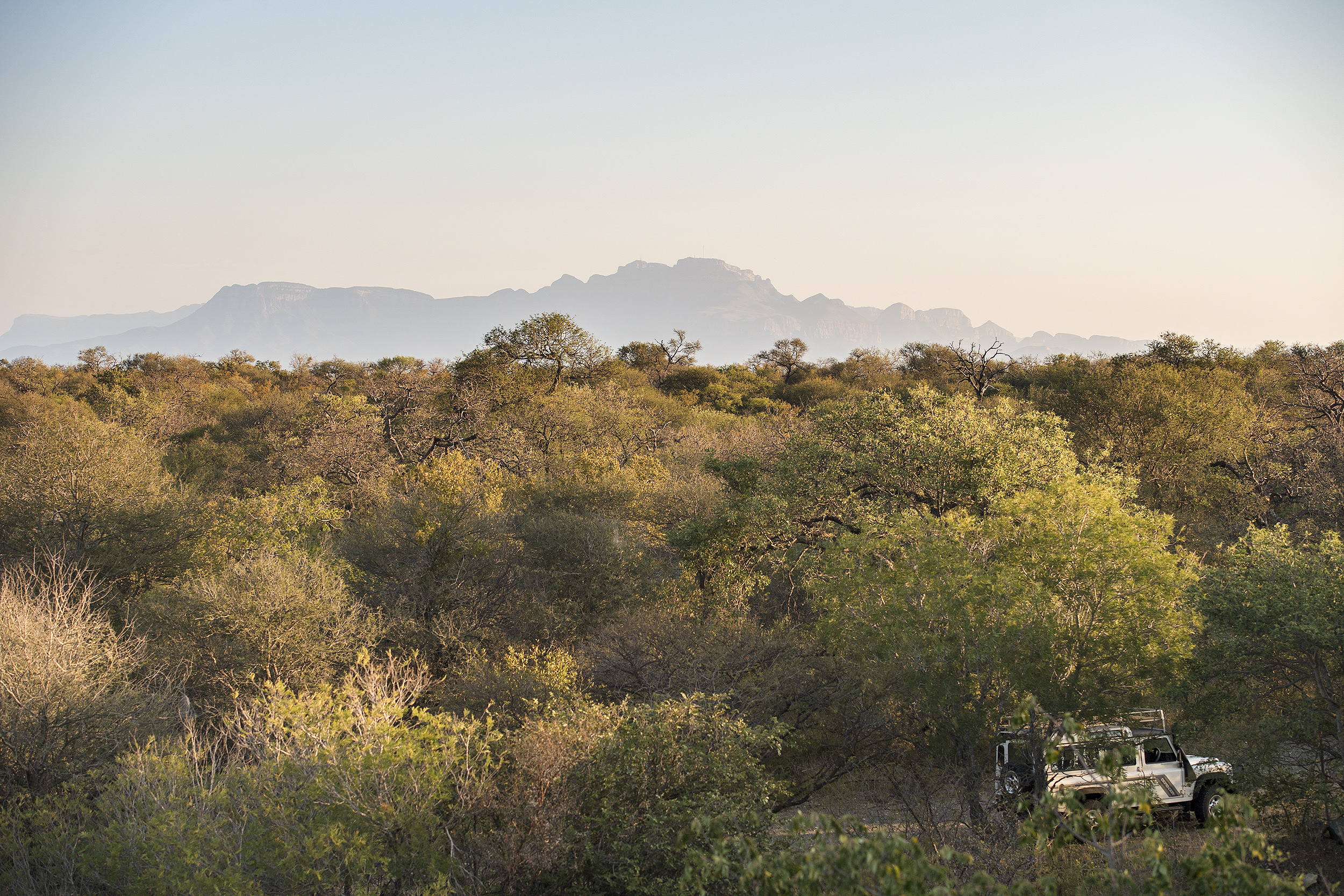
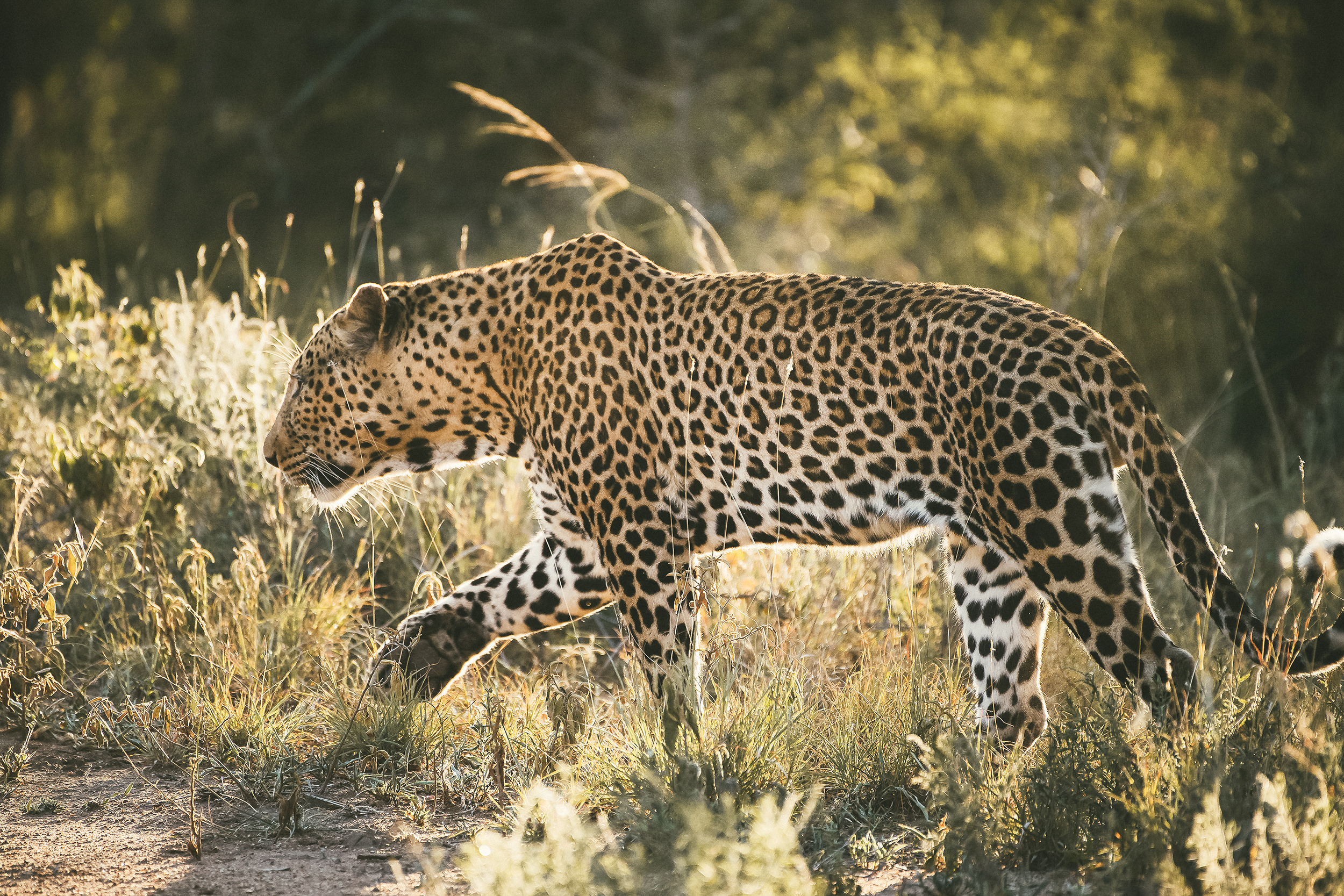
In this midst of this they’ve done inventive things like invite women from the local community to come and cut down and carry away wood from trees which would never have been on the property if the natural passage of elephants and other large mammals had been allowed. This might seem insignificant but those small and careful decisions to combine the best land management practices with tangible benefits for the local community who rely on wood for cooking, heating, building and fencing, in a way that invites in people like you and I, who live thousands of kilometres away, to be part of the story is exactly the kind of connection we need to be drawing.
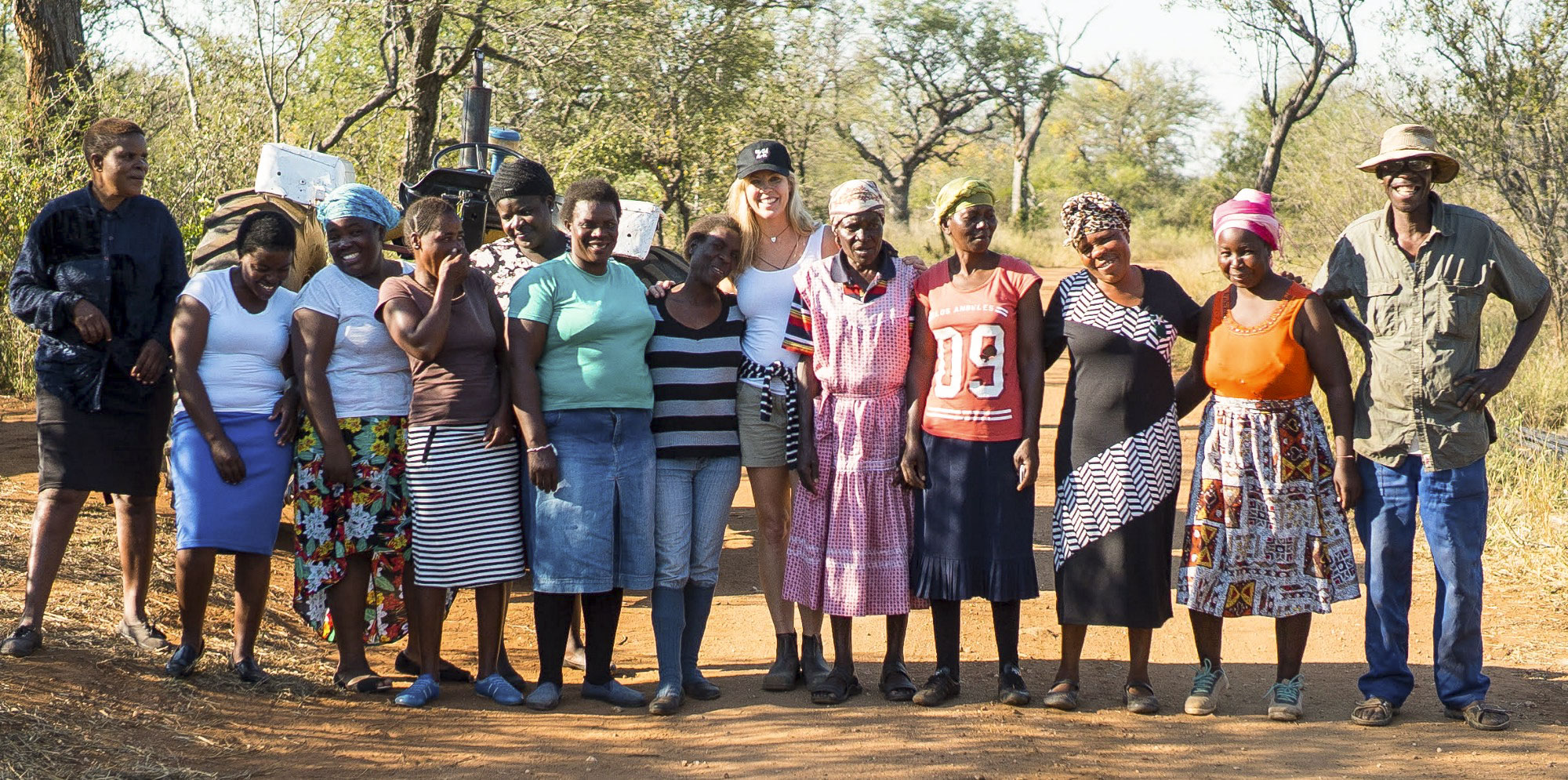
When pitted alongside our looming environmental catastrophes, the devastation rural poverty wreaks and our growing understanding that humans need connection with Nature, with plants and wildlife and natural rhythms of growth and harvest and death to be our most well, this shrinking of wilderness is even more troubling and the work of folks like WildArk even more important. Not only in the incredible conservation and community development work they are aspiring to, but also in their bigger vision for reconnecting people who live lives so far from these wilderness areas with a stories of Nature and of the people who live amongst it.
